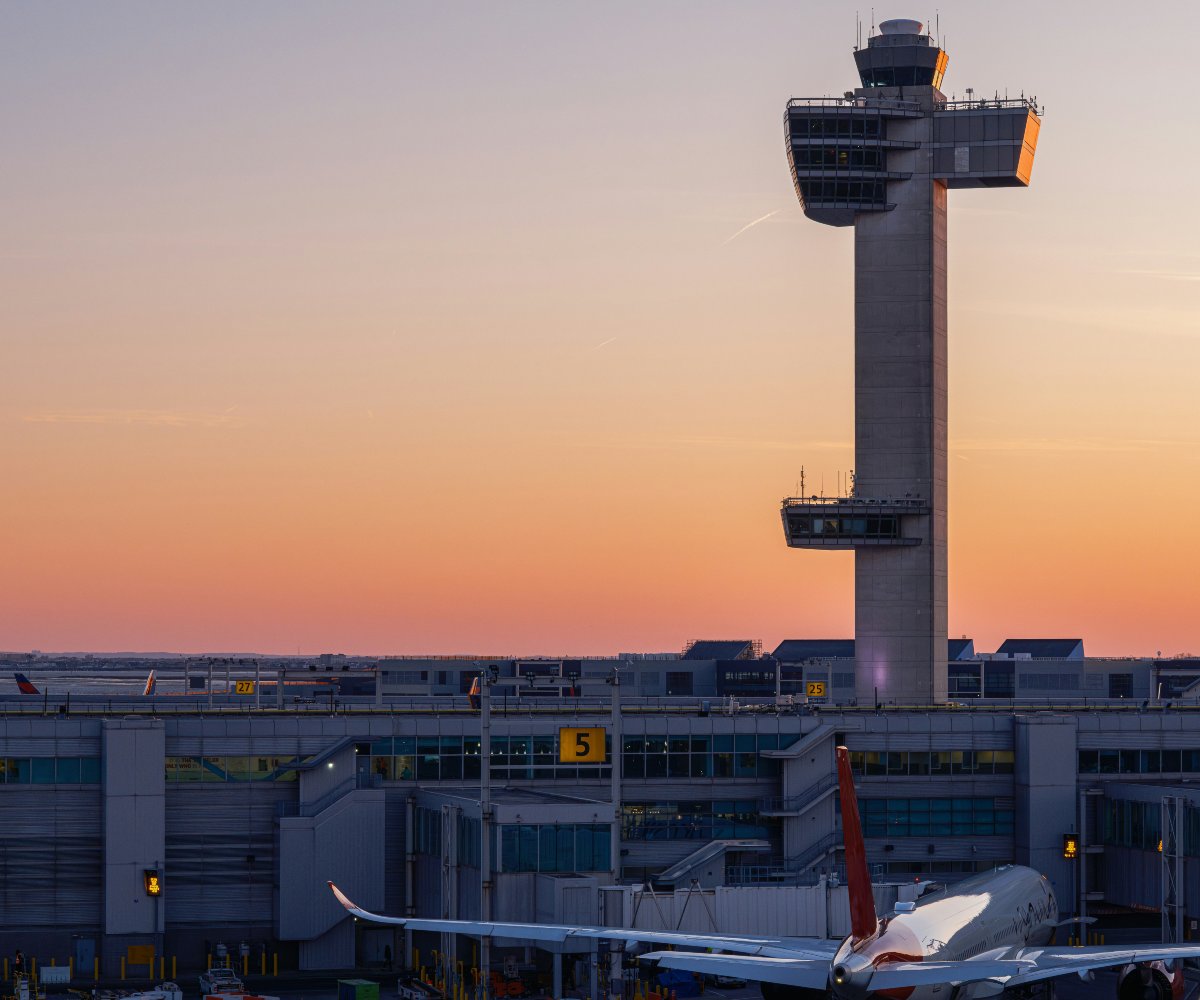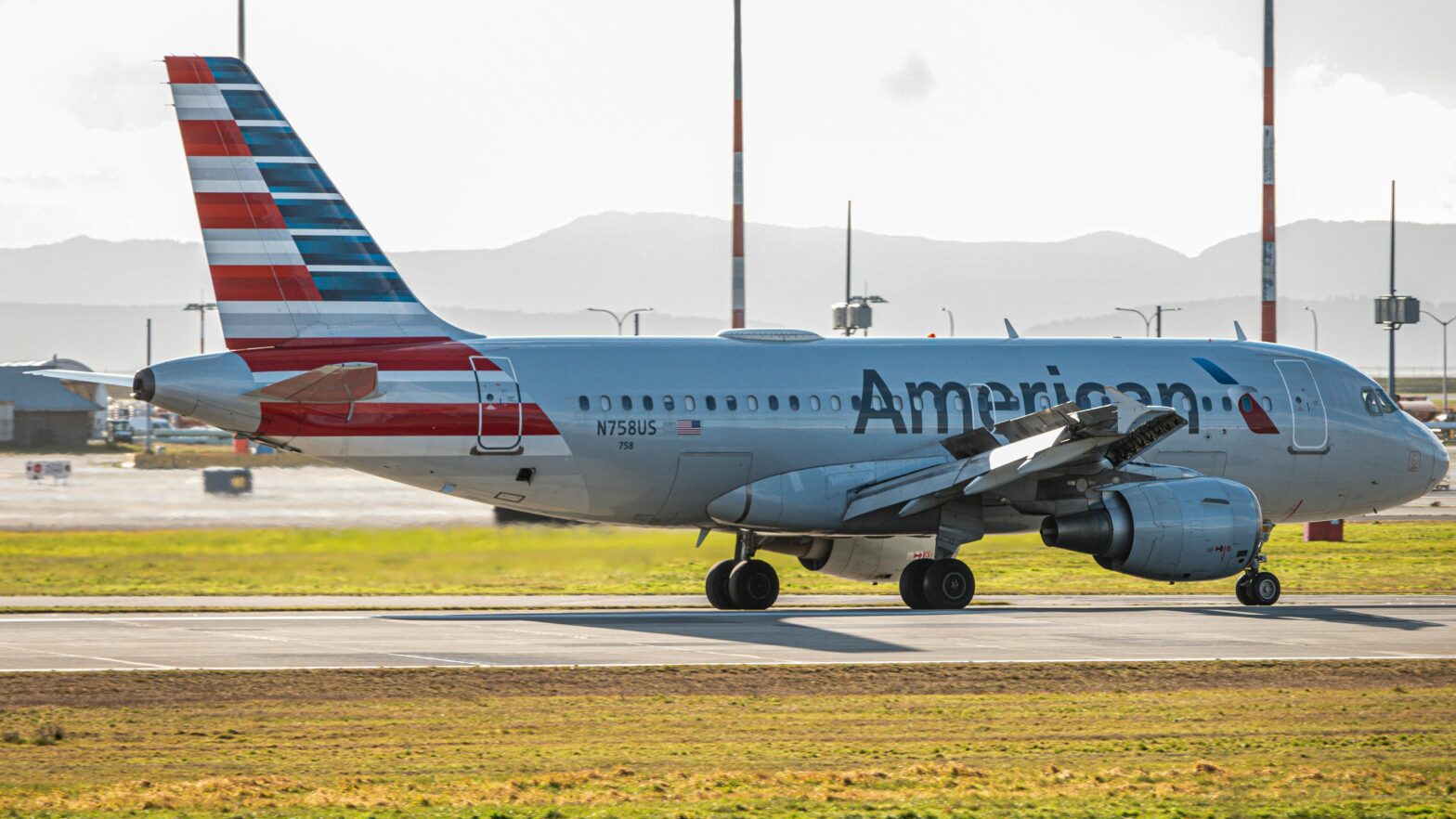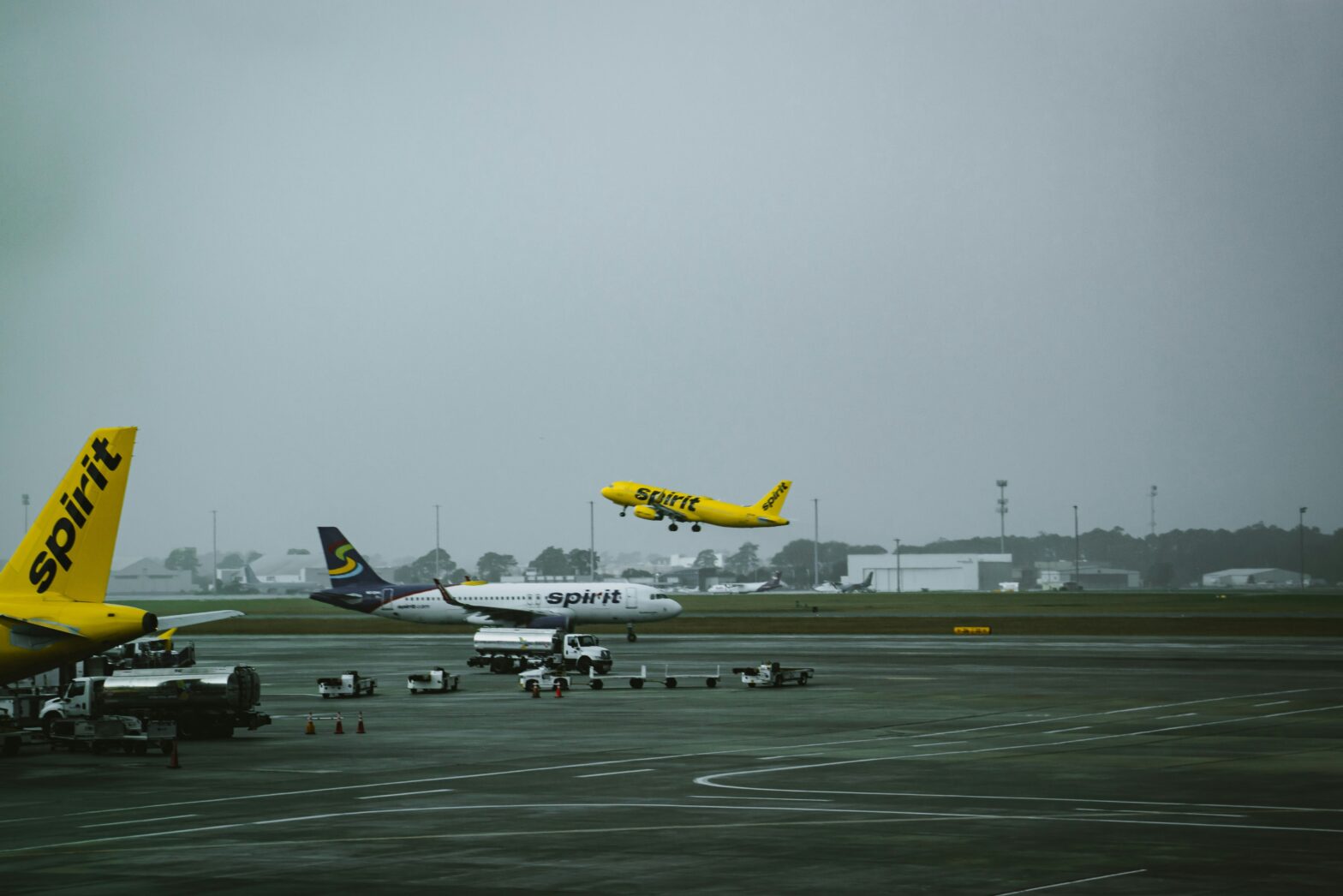The United States’ air traffic control system faces a severe staffing crisis that threatens to worsen flight delays and disrupt travel plans across the country. According to USA Today and recent Federal Aviation Administration data, the agency is currently short approximately 3,000 air traffic controllers nationwide, with some of the busiest facilities operating at dangerously low staffing levels.
This widespread shortage has created a precarious situation in which even minor issues, such as bad weather or technical glitches, can escalate into significant disruptions for travelers. Transportation Secretary Sean Duffy acknowledged the severity of the problem at a press conference on Wednesday, emphasizing that while the FAA prioritizes safety, these staffing gaps force controllers to limit the number of flights moving through affected airspace, leading to frustrating delays that ripple throughout the entire air transportation network.
The shortages aren’t distributed evenly across the country, creating particular bottlenecks at critical facilities that handle the nation’s busiest air corridors.
Major Facilities Face Critical Controller Shortfalls Due To Air Traffic Control Crisis
Denver’s air traffic control facility tops the list of understaffed locations, operating with 47 fewer controllers than the FAA’s target, according to the agency’s 2024-2033 workforce plan. Northern California TRACON faces a shortage of 34 controllers. At the same time, Jacksonville’s air traffic control center, a crucial hub that handles flights throughout the southeastern United States, remains 31 controllers short of optimal staffing levels. These gaps create vulnerability in the national airspace system, especially during peak travel periods or when weather conditions deteriorate.
Recent disruptions at Newark Liberty International Airport highlight how staffing shortages can directly impact travelers. Philadelphia TRACON’s Area C, which handles Newark’s airspace, has only 22 fully certified controllers available, with several currently on leave. While 21 additional controllers and supervisors are in training, most aren’t yet fully certified across all necessary positions. When several controllers recently took trauma leave following a technical outage, Newark’s flight capacity plummeted, causing widespread cancellations and delays.
“Safety is the priority,” Secretary Duffy emphasized. “If we don’t feel something is safe, we will stop, or we will slow things down.” This means the FAA adjusts flight volumes based on available controller bandwidth rather than compromising safety standards. While this approach prevents accidents, it inevitably leads to more delays when staffing falls below critical thresholds.





